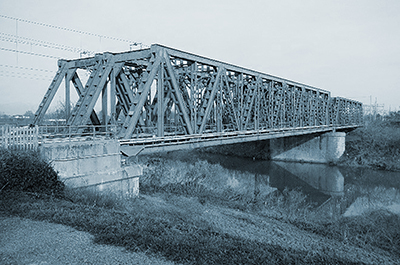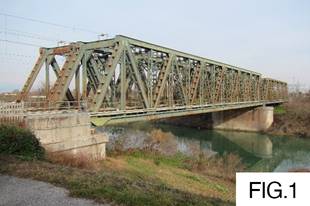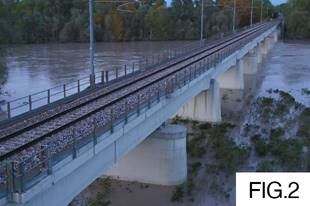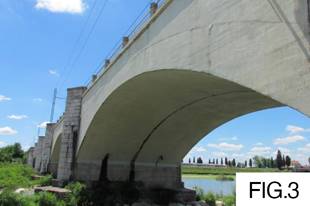
Structural Health Monitoring (SHM) represents a key factor in infrastructure management systems, with particular reference to their safety and reliability. It assumes further relevance when the bridges considered are leading elements in the carriage of people and goods. These structures, in fact, usually have a profound impact not only on the economic activities of the environment considered, but also on the social and overall value. This applies in particular to railway infrastructures, being one of the main carriers for national and international transport.
Within this regard, the Departments of Mechanical Engineering and of Civil and Environmental Engineering of Politecnico di Milano are currently developing a research activity in collaboration with RFI - Rete Ferroviaria Italiana, with the aim of carrying out the study and implementation of three different structural monitoring systems, adopted in three different types of bridges. The project, coordinated by Marco Belloli, full professor at MeccPolimi, foresees the realization of prototypes that will serve as benchmarks for the design and implementation of monitoring systems on the whole railway network; it will also define their interaction with the digital twins of the considered structures, complying with the customer's own IT architectures and protocols.
In agreement with RFI, the research group selected three bridges belonging to the Venice DT as paradigmatic demonstrators, as they were considered representative of the customer’s diverse assets:
- Figure 1 – Livenza Brige, metal girder
- Figure 2 – Priula Bride, arched concrete
- Figure 3 – Piave Bridge, with reinforced concrete deck



